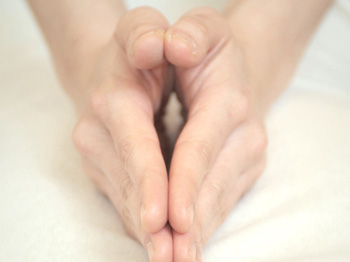A chiropractic spinal manipulation is a manual procedure that a chiropractic doctor performs with their hands to move spinal joints.


Why do chiropractors perform spinal manipulations?
Chiropractors perform spinal manipulations to correct spinal joints with movement impairments. When the movement of a spinal joint and its associated muscles are impaired, a person may experience a number of symptoms:
- Pain with or without radiation to surrounding area
- Pain elicited with light to moderate pressure
- Pain caused by movements
- Restricted ranges of motion
- Other symptoms due to disrupted nerve functions (i.e. dizziness, numbness, tingling, etc.)
When directed with the skill and accuracy of a trained chiropractic doctor, a patient will experience a reduction in pain and an increase in relaxation because the manipulation has successfully achieved the following:
- It has broken down the scar tissue adhesions surrounding the joint(s); and
- It has released the internal joint pressure.
How do chiropractors perform a chiropractic spinal manipulation?
After carefully examining the spine and identifying the dysfunctional spinal segment(s), your chiropractor administers the manipulation by following the steps detailed below:
- Joint Stabilization: the dysfunctional joint segment is tractioned, which limits the segment's motion and minimizes any excess movements (i.e. locks the joint).
- Application of Force: a high-velocity, low-amplitude manual force is directed specifically to the dysfunctional segment(s).
What does it feel like to have a chiropractic spinal manipulation?
Due to the sudden, but temporary opening of the joint, atmospheric gas “escapes” from the facet joint capsule. The manipulation often produces an audible release in joint pressure (often described as a “popping” sound). However, the popping sound is not the single indicator of a successful manipulation; often times, the amount of gas released is very small and may not be heard at all. The doctor re-examines the joint after each manipulation to ensure that the joint’s movements have improved.
Author: Dr Claudia Ng, BSc, DC
* A proper diagnosis has to be obtained for all of the above conditions before an appropriate combination of treatments will be provided. This is just a list of possible treatments for the individual condition but not all of them may be necessary, nor is it limited to those listed only.


